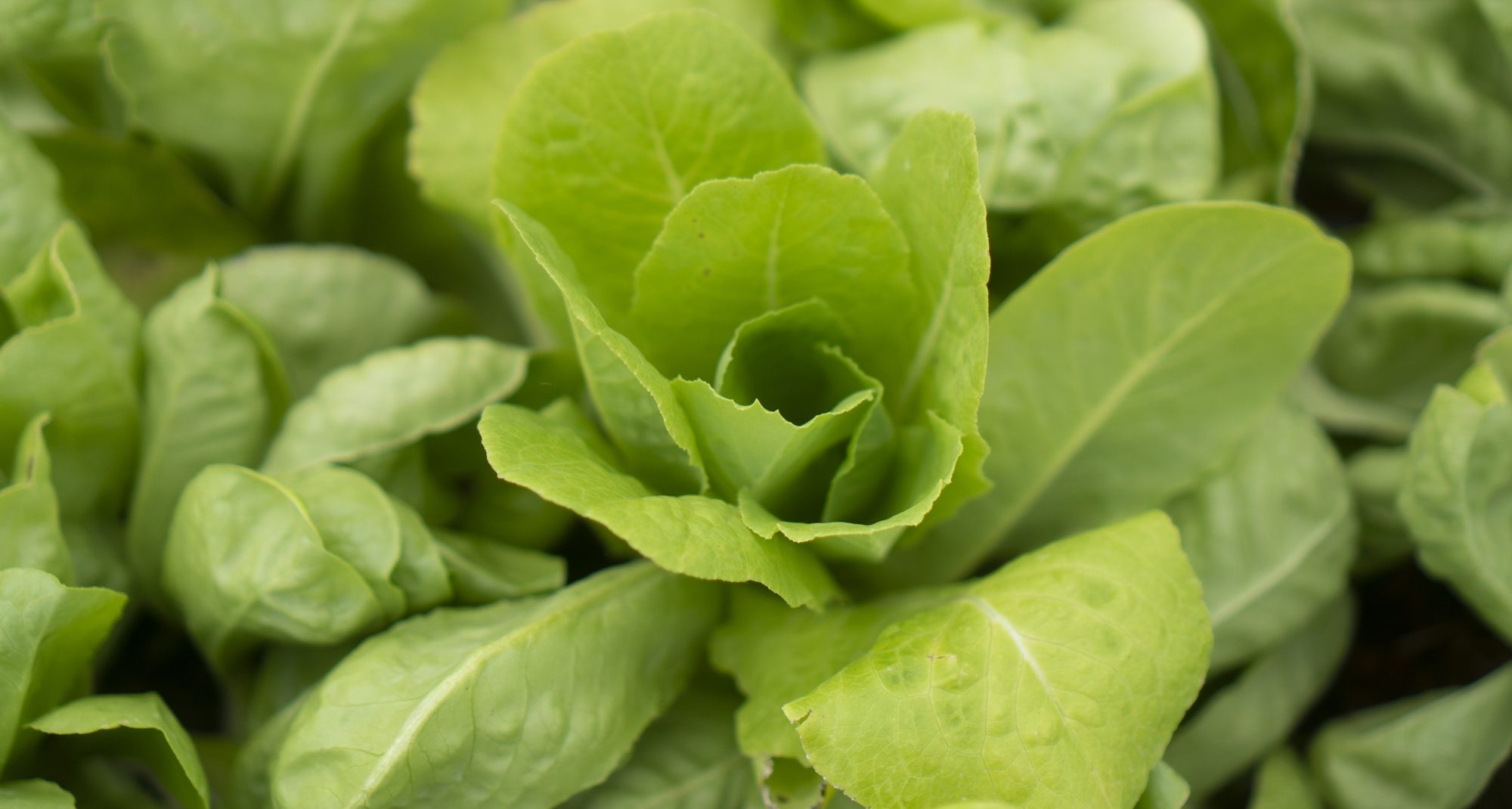Megalac vs Palmit 80
Production performance of dairy cows offered Megalac or a highC16 fat supplement In
Since its inception in 2007, Megalac Pakistan Pvt Ltd has been a pioneer in bypass fat in revolutionizing dairy farm practices across Pakistan. Specializing in empowering farms, Megalac has consistently provided innovative solutions and top-notch products to enhance livestock nutrition and productivity. With a steadfast commitment to excellence and sustainability, Megalac continues to be a trusted partner for farmers, driving growth and prosperity in Pakistan’s dairy farm sector.
Lorem ipsum dolor sit amet, consectetuer adipiscing elit. Aenean commodo.
Lorem ipsum dolor sit amet, consectetuer adipiscing elit. Aenean commodo.
Lorem ipsum dolor sit amet, consectetuer adipiscing elit. Aenean commodo.
Lorem ipsum dolor sit amet, consectetuer adipiscing elit. Aenean commodo ligula eget dolor. Aenean massa. Cum sociis natoque penatibus et magnis dis parturient montes, nascetur ridiculus mus. Donec quam felis, ultricies nec, pellentesque eu, pretium quis, sem. Nulla consequat massa quis enim.
Donec pede justo, fringilla vel, aliquet nec, vulputate eget, arcu. In enim justo, rhoncus ut, imperdiet a, venenatis vitae, justo. Nullam dictum felis eu pede mollis pretium. Integer tincidunt. Cras dapibus. Vivamus elementum semper nisi. Aenean vulputate eleifend tellus.


Megalac Pakistan (Pvt) Ltd. has been active since 2007, with a dedicated mission to enhance animal nutrition and elevate farm management standards across Pakistan. As a rapidly expanding entity within our sector, our commitment lies in providing exceptional service to the local farming community.
Megalac Pakistan (Pvt) Ltd. is committed to transforming dairy farms through an extensive array of premium products and services. Our range comprises Rumen Bypass Fat for optimized nutrition, Calf Milk Replacers like Blossom, Heiferlac, and Enerlac for robust calf development, and Mineral & Mixture solutions to bolster livestock health and performance. Additionally, we offer state-of-the-art Animal Identification Systems and Farm Management Systems, equipping farmers with efficient tools for streamlined livestock management and farm enhancement.
Enhance your farming methods with Megalac Pakistan (Pvt) Ltd. advanced products and outstanding services, leading the way in industry excellence.
Megalac Pakistan (Pvt) Ltd. has been active since 2007, with a dedicated mission to enhance animal nutrition and elevate farm management standards across Pakistan. As a rapidly expanding entity within our sector, our commitment lies in providing exceptional service to the local farming community.
With pride, we serve as the exclusive distributor for products from the globally acclaimed British company, Volac Wilmar Feed Ingredients (VWFI), renowned for its expertise in dairy nutrition. Through strategic partnerships, we guarantee the accessibility of premium performance nutrition products customized to meet the specific needs of Pakistani farmers.
At Megalac Pakistan, we are honored to partner with industry leaders like Volac Wilmar Feed Ingredients (VWFI). These strategic alliances empower us to leverage cutting-edge technologies and unmatched expertise, allowing us to provide transformative solutions in dairy nutrition and farm management.
Lorem ipsum dolor sit amet, consectetur adipiscing elit, sed do eiusmod tempor incididunt.

Customer
Lorem ipsum dolor sit amet, consectetur adipiscing elit, sed do eiusmod tempor incididunt.

Customer
Lorem ipsum dolor sit amet, consectetur adipiscing elit, sed do eiusmod tempor incididunt.

Customer
Lorem ipsum dolor sit amet, consectetur adipiscing elit, sed do eiusmod tempor incididunt.
Explore our dedication to sustainability and unparalleled service, shaping the future of farming across Pakistan.
Production performance of dairy cows offered Megalac or a highC16 fat supplement In
In Brief: Heat stress increases maintenance requirements, reduces feed intake and pushes cowsinto
FAT FEEDING - the role of fatty acids Many dairy farmers use fat
Megalac vs ‘50%’ fats Many dairy farmers use fat supplements as an energy
WhatsApp us
Thomas Larson
Customer